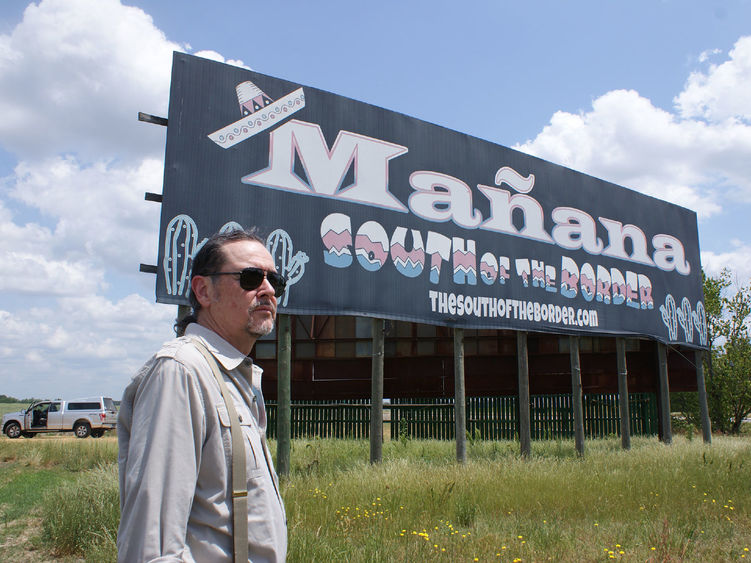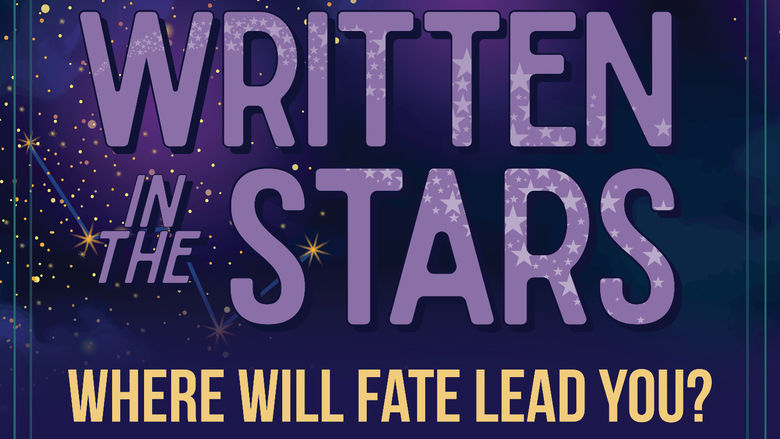
P.J. Capelotti, professor of anthropology at Penn State Abington, wrote the new book "Your Sheep Are All Counted: A Roadside Archaeology of South of the Border Billboards," which will be published in July 2022.
ABINGTON, Pa. — P.J. Capelotti, a professor of anthropology at Penn State Abington, has spent more than 40 years recording the history and archaeology of mudflats and marshes and interstates and aeronauts, from the remains of antique airships in the Norwegian Arctic to the biggest roadside lobster in Canada.
Many of these experiences were recounted in "Adventures in Archaeology" (University Press of Florida, 2018), and his "The Greatest Show in the Arctic: The American Exploration of Franz Josef Land, 1898-1905" (University of Oklahoma Press, 2016) was short-listed for the William Mills Prize, honoring the best Arctic or Antarctic nonfiction books.
For the past five years, he has driven his pickup truck 10,000 miles to document the billboards associated with the iconic South Carolina roadside attraction "South of the Border." Capelotti's catalog of these explorations — his 25th scholarly book — will be published next month by Whitman Publishing as "Your Sheep Are All Counted: A Roadside Archaeology of South of the Border Billboards." The book's title is derived from South of the Border's most famous billboard, and the last one of the early ones to still survive.
South of the Border opened in 1949 as a small beer depot in Hamer, South Carolina, in response to a ban on alcohol sales in nearby Robeson County, North Carolina. In the decades since, it has evolved into an enduring roadside attraction replete with shopping, food, motels, games, gambling and more. It was originally sited alongside the two-lane highway that was, and in places still is, US-301. As segments of that highway, along with US-501, morphed into the four-lane I-95 in the late 1960s and early 1970s, South of the Border grew alongside it until it is now more than three times the size of the original Disneyland in Anaheim, California.
“It is perhaps the last great Eastern Seaboard survivor of the unique attractions that once lined America’s roadsides,” Capelotti said.
Highway billboards are notoriously difficult to pin down in time and space. They appear, evolve, and vanish for a variety of reasons: changing advertising campaigns, increasingly harsh and unforgiving winds and weather, and the roads themselves being re-routed, widened or straightened.—P.J. Capelotti , professor of anthropology
South of the Border has been visited by Hollywood stars and appeared in movies. It has been studied by academics and appeared on dozens of websites and guidebooks. For roadside explorers, the irresistible pull of the landmark’s iconic billboards has been evident for years.
“When the writer James Reeves set out to find himself on the American road, he was fully prepared to be repelled by South of the Border. Instead, he learned that it was ‘brilliantly marketed. I stopped,’” Reeves wrote in "The Road to Somewhere: An American Memoir," Capelotti said.
In his new book, Capelotti has created a visual catalog of several hundred billboards from over a thousand surviving images located at South of the Border, the visual results of his own years of driving through the American South in his pickup truck, and images collected in the 1980s by University of Pennsylvania architecture scholar John Margolies.
“Highway billboards are notoriously difficult to pin down in time and space. We think of them as more or less permanent wayside navigation markers along our roads and byways, when in fact they appear, evolve, and vanish for a variety of reasons: changing advertising campaigns, increasingly harsh and unforgiving winds and weather, and the roads themselves being re-routed, widened or straightened,” he said.
“For those of us who were young passengers on the drive between the Northeast and the South in the ’60s and ’70s, South of the Border planted a love and a nostalgia for billboards in our young brains as our post-war families ventured their station wagons onto US-301 and later I-95 in search of the beaches of Florida,” Capelotti said.
About Penn State Abington
Penn State Abington provides an affordable, accessible and high-impact education resulting in the success of a diverse student body. It is committed to student success through innovative approaches to 21st-century public higher education within a world-class research university. With more than 3,000 students, Penn State Abington is a residential campus that offers baccalaureate degrees in 23 majors, undergraduate research, the Schreyer honors program, NCAA Division III athletics and more.





